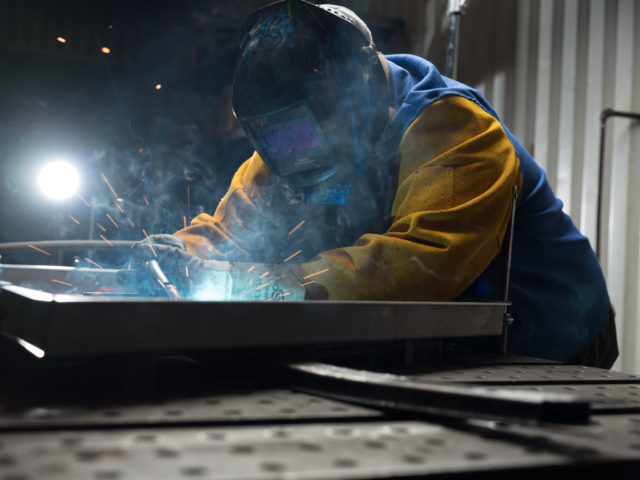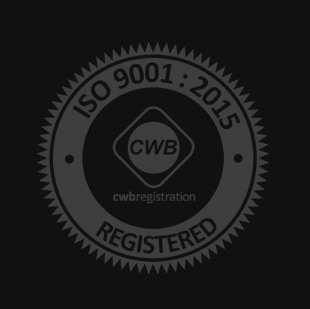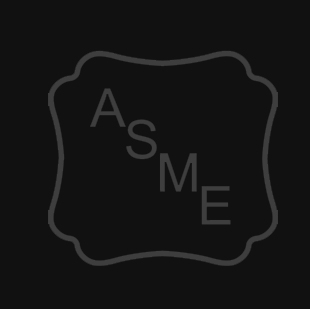Precision fabrication of metals can refer to any number of processes that shape or mold metal material into a final product. The many different fabrication manufacturing processes—casting, cutting, forging, folding, extrusion, machining, punching, shearing, and welding— all begin with some type of stock metal components such as metal bars or rods, or sheet metal. Through fabrication, end products are created from raw or semi-finished stock materials, rather than assembled from ready-made parts.
Welding for Precision Fabrication Across Industries
Welding is one such precision fabrication method that is widely used. Nearly all industries rely on some form of welding to fabricate materials used in production. Industrial sectors such as automotive, aerospace, medical, electronics, defense, construction and all the building trades, food service, IT, telecommunications, and computers, to name a few, rely on the welding of materials in the manufacturing process.
What is the Most Common Form of Welding?
Utilizing a combination of heat and pressure, welding joins together two or more sections or pieces of metal to form a part or finished product. Though there are many welding techniques and processes, the three most common methods are Stick welding, metal inert gas (MIG) welding, and tungsten inert gas (TIG) welding. Each has its own differences and applications. They are as follows:
Stick Welding
Among arc welding processes, Stick welding, formally referred to Shielded Metal Arc Welding (SMAW), is the most widely used. Stick welding joins a variety of metals using an electrode and electric current. The electrodes consist of a solid metal rod or stick enveloped by a coating of compounds and metal powders which act as a binding agent to help them attach to a surface. An electric current is applied to conduct an electric arc when in contact with metal. The resulting high temperature of the arc melts the ‘stick’, i.e., the binding agents welding the metal surfaces. As the electrode melts it forms a gas to shield the melt from contaminants in the welding zone.
As one of the earliest welding processes, Stick welding is known for its simplicity and versatility, making it a very popular method. It is used extensively in building and construction of heavy steel structures, pile welding or in the maintenance and repair industries. Stick welding easily welds a large range of metals and alloys, and it can be carried out in any environment or weather. Though the equipment is easy to use and inexpensive, welders need to have a degree of experience and skill to operate.
MIG Welding
MIG is an acronym for Metal Inert Gas Welding. Formally referred to as Gas Metal Arc Welding (GMAW), it is an automatic or semi-automatic process used on aluminum and other metals. First developed in the 1940s, MIG Welding has progressed to become a valuable and useful production tool for industrial fabrication. It offers speed and quality work and, with the implementation of automated systems, production increases can meet the supply demands.
MIG Welding uses a welding tool or gun. Solid steel wire is fed from the machine through a liner and out to the contact tip of the MIG gun. As the wire passes through the welding gun, inert gas flows through the gun, too, acting as a shield and keeping the welding zone free of airborne contaminants. It is, in general, a faster welding system than stick welding. However, because of the inert gas, unlike Stick welding, MIG welding cannot be used outside. Precision fabrication utilizing MIG welding applications are found in the automotive, construction, plumbing, robotics, and maritime industries.
TIG Welding
TIG welding, formally known as Gas Tungsten Arc Welding (GTAW), developed in the 1930s and 1940s to weld magnesium for the budding aircraft industry. In TIG welding, an arc is created between a base metal and a non-consumable tungsten electrode, i.e., the electrode does not melt. The tungsten electrode creates a short arc that can be used to weld heavier metals, for example, heavy steel plate precision fabrication. TIG welding requires highly skilled welders and can be used on most metals and for complex projects. TIG welding also has an inert shielding gas to protect the tungsten electrode and the weld pool from airborne contamination. It creates a slag-free weld that shares the same corrosion resistance properties as the parent metal.
Because of its versatility, TIG welding is used with more metals than other welding processes. It’s still widely used in the aerospace industries, and also in the automotive industry, as well as in motorcycle and bike manufacturing, tubing or wherever any high precision fabrication is required. Artists often use TIG welds to create sculptures.
Custom Precision Fabrication
When it comes to precision fabrication, Quest-Tech provides its customers with custom services. Read more about our capabilities to learn more.



